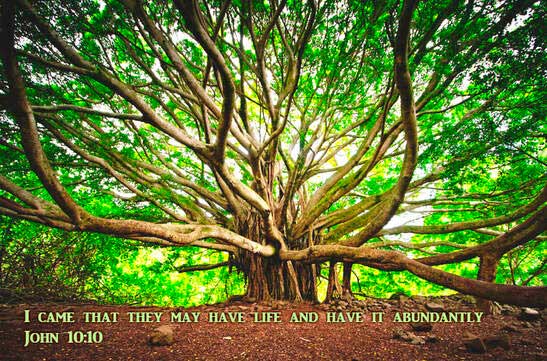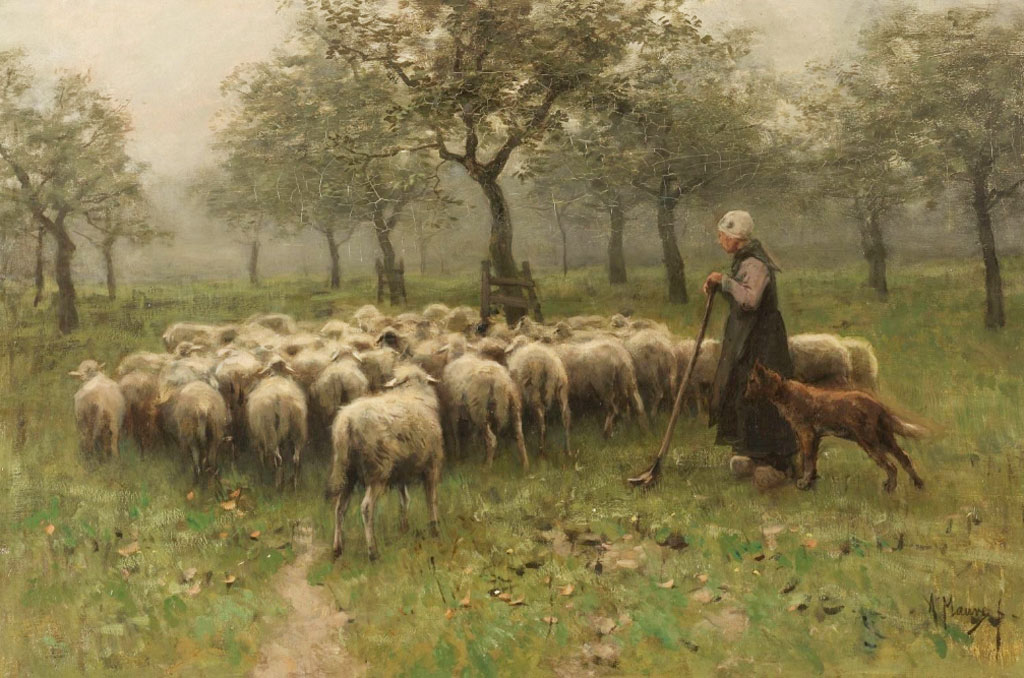Summary – I am the Gate by Debie Thomas published in “Journey with Jesus”

“In ten verses of packed metaphor, John gives us sheep, a sheepfold, a shepherd, a gate, a gatekeeper, a pasture, a sneaky band of thieves and bandits, and an even more sinister group of smooth-tongued “strangers.” At one point, the Gospel writer comes right out and says, “Jesus used this figure of speech with them, but they did not understand what he was saying.” No kidding!
“For me, a particular revelation of Jesus happened when I thought about the metaphors in this Gospel passage alongside <a href=Frykholm’s article about the tenacious little border church between the United States and Mexico. Suddenly, as I imagined eager, loving hands reaching through small gaps in a cold, steel barrier, as I pictured the insistent sharing of song, prayer, bread, and wine across a bleak, intractable border, the resonance of Jesus’s metaphor hit me full force. “I am the gate.” Not, “I am the wall, the barrier, the enclosure, the dividing line.” Not, “I am that which separates, isolates, segregates, and incarcerates.” I am the gate. The door. The opening. The passageway. The place where freedom begins.
“What is it in me that resists the open gate? Where in my life am I walled off, closed to change, averse to movement, risk, freedom, joy? What flock do I belong to, and whose voice do I follow most readily? What calls to me, making seductive promises I shouldn’t trust? Do I know the shepherd well enough to recognize his call? Am I willing to leave the fold in order to find pasture, or am I too complacent, scared, suspicious, and jaded to pursue abundant life?
“For almost ten years now, a group of Christians have gathered on Sunday mornings at Friendship Park, a plaza along the U.S-Mexico border wall, to share worship and Communion. Apparently, this “border church” has survived every obstacle the U.S Border Patrol and shifting United States/Mexico relations have thrown at it.
Where others see a place of crime, fear, death, and hopelessness, Fanestil [one of the founders insists that those who gather for worship and Communion each week see “a place of encounter, exchange, friendship, and fellowship.” In other words, they make it their practice to see Jesus. Jesus, the gate. Unlocked. Wide open. Inviting. Free. May we have eyes to see him, too.
“Needless to say, most of us — left to ourselves — don’t associate “gates” with freedom. We think of bars and locks and alarms and enclosures. We imagine toddler gates, maybe, or puppy training gates. Prison gates and “gated communities.” But what if Jesus is a different kind of gate? A gate that opens out instead of closing in? Not the barrier itself, but the aperture in it? A place of release? Movement? Spaciousness? Liberty? “I am the gate. Whoever enters by me will be saved, and will come in and go out and find pasture.”



 Today’s gospel about abundant life offers so many things to think about—Jesus as the Good Shepherd; we sheep who follow the voice of our shepherd; the strangers, thieves and bandits who try to call us away from Jesus; and then, finding that Jesus himself is the gate through which we pass to enter into God’s everlasting security and abundant life.
Today’s gospel about abundant life offers so many things to think about—Jesus as the Good Shepherd; we sheep who follow the voice of our shepherd; the strangers, thieves and bandits who try to call us away from Jesus; and then, finding that Jesus himself is the gate through which we pass to enter into God’s everlasting security and abundant life. 



